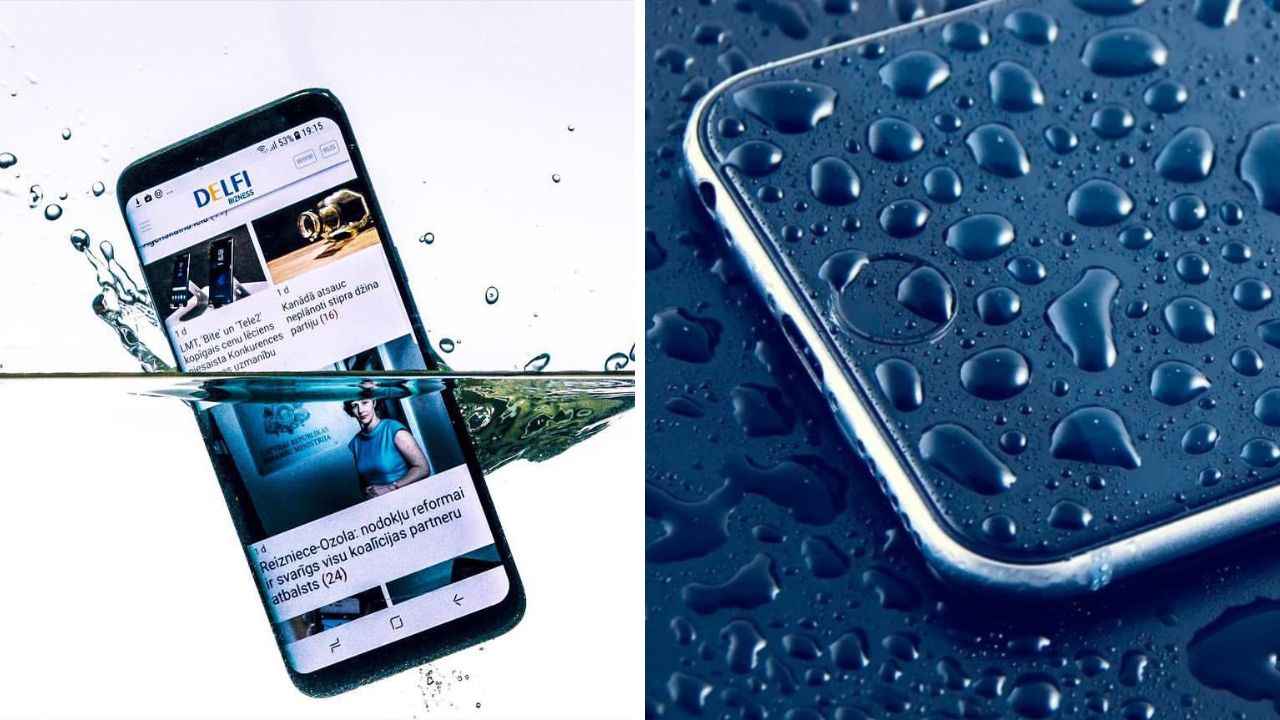Water Eject: How 165 Hz Frequency Cleans Your Phone's Speakers
Modern smartphones and portable devices are marvels of engineering, blending high-quality audio components with compact designs. However, their frequent exposure to water or moisture poses a challenge for maintaining sound quality, especially in the speakers. This is where the "Water Eject" feature comes into play, utilizing sound waves at specific frequencies to expel water. Among these, the 165 Hz frequency has emerged as particularly effective. But why 165 Hz, and how does this process work? Let's explore the science behind it.
The Basics of Speaker Functionality
Smartphone speakers operate by converting electrical signals into sound through the vibration of a diaphragm. This diaphragm moves back and forth to create pressure waves in the air, which we perceive as sound. When water enters the speaker's enclosure, it disrupts this process by damping the diaphragm's movement and blocking the sound waves.
To restore the speaker's performance, the trapped water needs to be expelled without causing damage to the delicate components. This is where sound waves, particularly those at low frequencies, become useful.
Why 165 Hz?
The choice of 165 Hz is rooted in the principles of resonance and mechanical motion. Sound waves at this frequency create vibrations that resonate effectively with the typical water droplet size and adhesion forces inside a speaker enclosure. When the speaker produces sound at 165 Hz, the diaphragm's movements generate sufficient force to dislodge water molecules.
Additionally, the 165 Hz frequency lies within the range of what's known as "low-frequency sounds," which produce stronger vibrations compared to higher frequencies. These vibrations are transmitted through the speaker's diaphragm into the water, causing it to break into smaller droplets and move out of the speaker grille.
This process is efficient because:
- Amplitude and Energy Transfer: Lower frequencies like 165 Hz produce larger diaphragm movements (higher amplitude), transferring more energy to the water.
- Cohesion Disruption: The vibrations overcome the cohesive forces holding the water droplets together, making them easier to expel.
- Non-Damaging Force: While effective, the force generated at 165 Hz is gentle enough to avoid harming the speaker components.
How Water Ejection Works in Practice
When you activate the Water Eject feature, the device's audio system produces a series of sound pulses, often starting with 165 Hz. These pulses are specifically calibrated to:
- Maximize Vibration: By targeting the optimal frequency range.
- Direct Movement: The vibrations are designed to push water out through the speaker grille.
- Minimize Harm: The process ensures that the force applied is controlled, avoiding long-term damage to the speakers.
Other Scientific Considerations
Surface Tension: Water’s surface tension plays a significant role in its behavior inside the speaker. Vibrations disrupt this tension, making it easier for water to be expelled.
Material Compatibility: The effectiveness of water ejection also depends on the materials used in the speaker diaphragm and grille. Hydrophobic coatings, often applied to speaker components, enhance the water-repelling process by reducing adhesion.
Environmental Factors: Temperature and humidity can affect the viscosity and evaporation rate of the trapped water, influencing the efficiency of the Water Eject feature.

Practical Tips for Users
- Angle Your Device: Hold your phone so that gravity aids the water's exit during the ejection process.
- Repeat the Process: If water remains after the first cycle, running the feature multiple times can improve results.
- Avoid Manual Intervention: Refrain from using tools like cotton swabs or paper towels, which can push water further into the speaker.
- Dry Thoroughly: After using the Water Eject feature, leave your phone in a dry area to let any residual moisture evaporate naturally.
The Future of Water Ejection Technology
As smartphones become more water-resistant, innovations like the Water Eject feature will continue to evolve. Future iterations might incorporate adaptive algorithms to detect water presence and adjust frequencies dynamically for even greater efficiency.
Keywords:
- Water eject feature
- Clean smartphone speakers
- 165 Hz frequency water removal
- Expel water from speakers
- Smartphone water damage solution
Final Thoughts
In conclusion, the Water Eject feature is a testament to the intersection of physics and modern technology. By leveraging the 165 Hz frequency and understanding the dynamics of sound and water, manufacturers have created a simple yet effective solution to a common problem. The next time your phone's speakers sound muffled after exposure to water, you can rely on this ingenious feature to restore clarity with just a few sound waves.